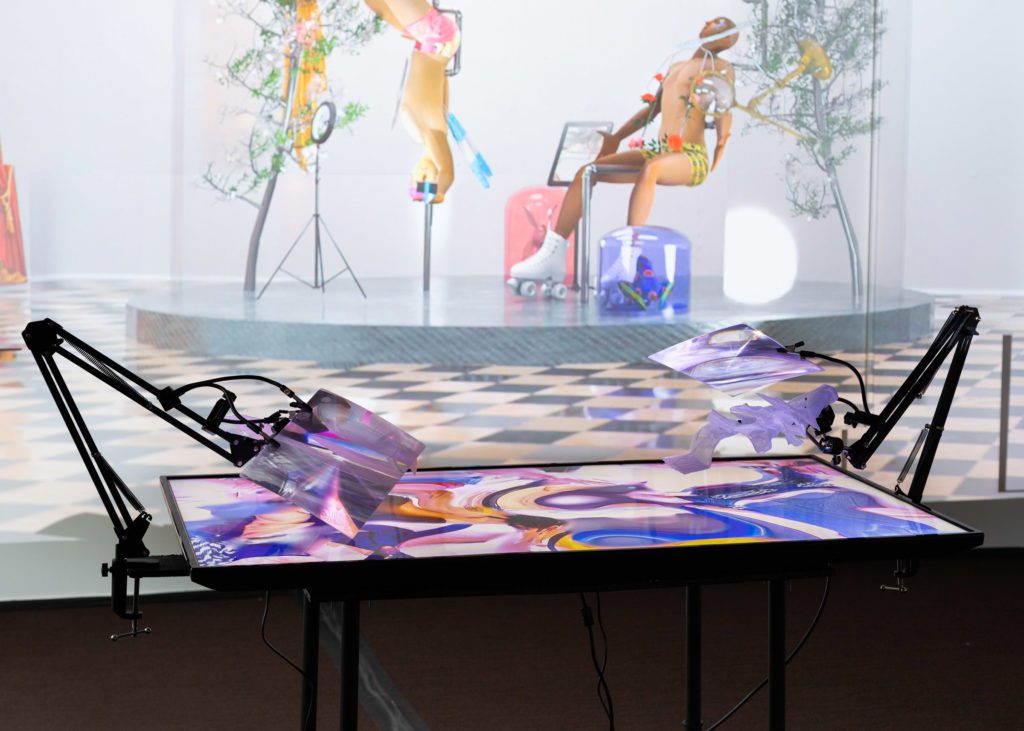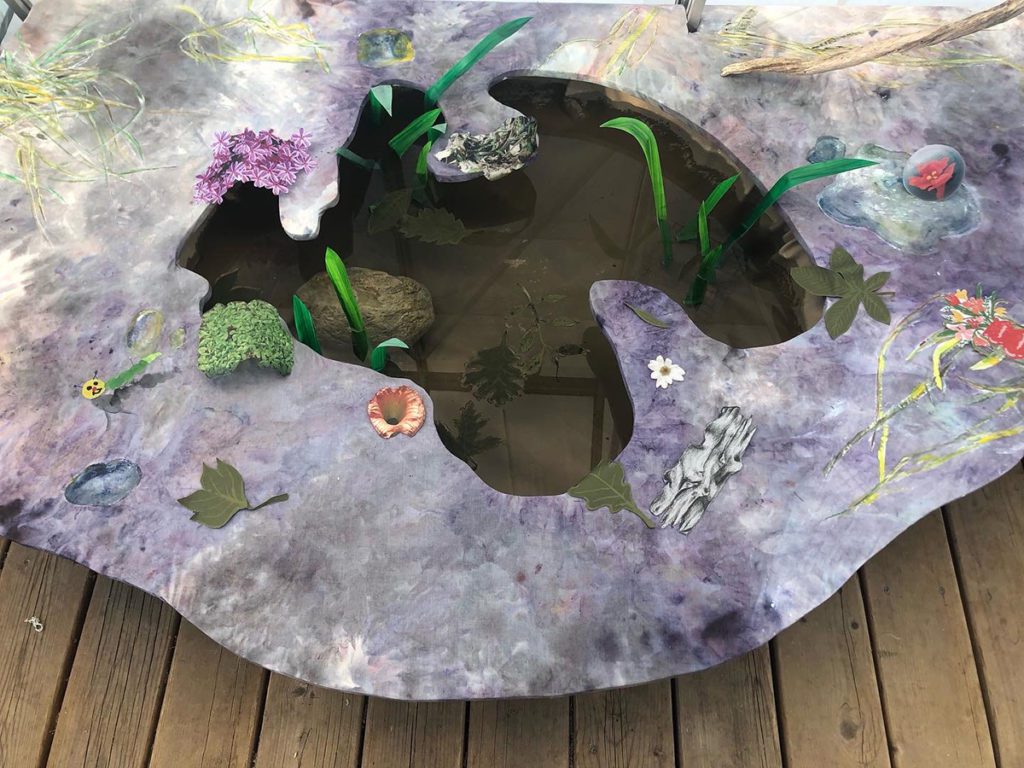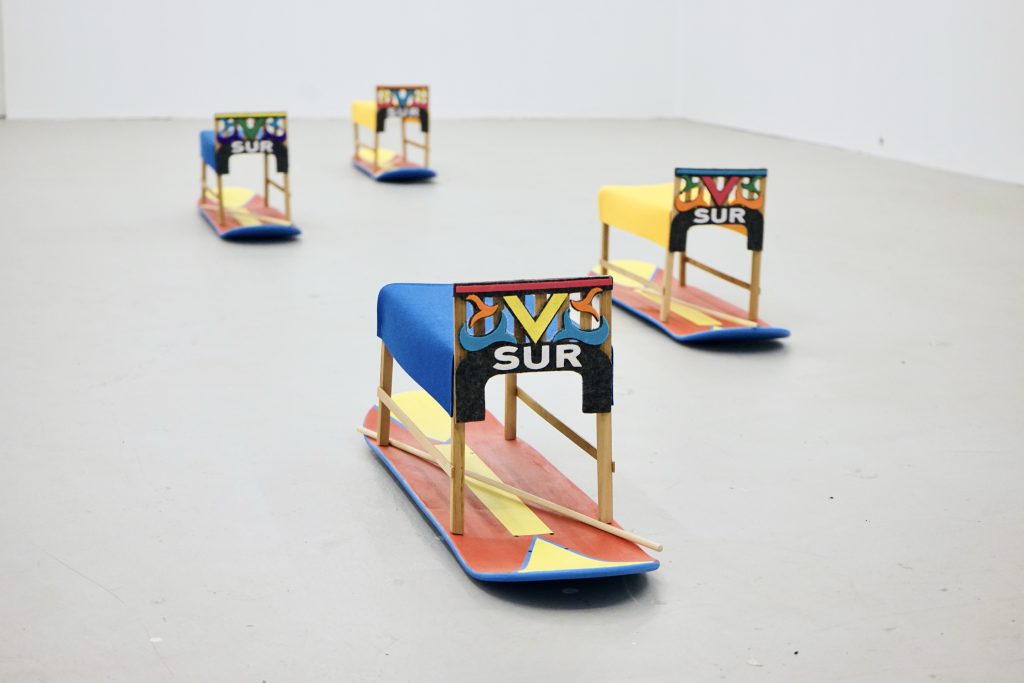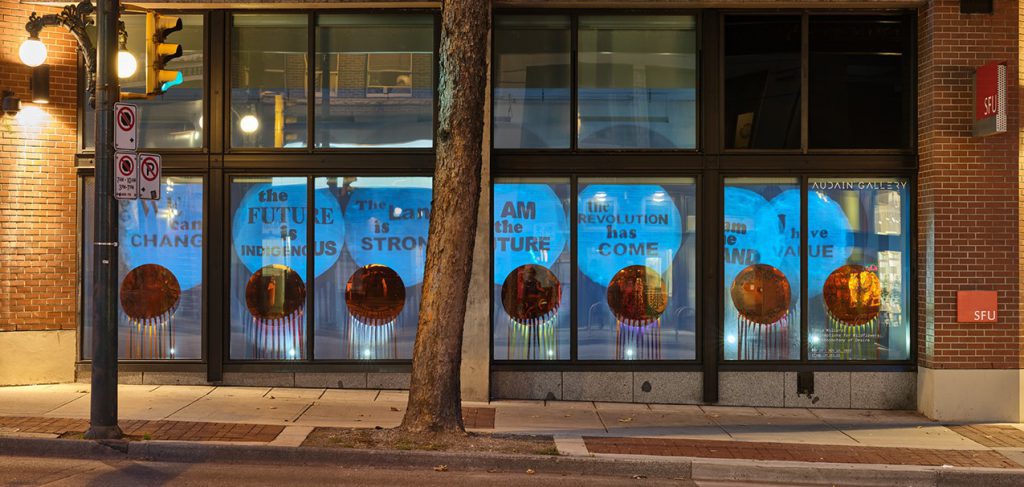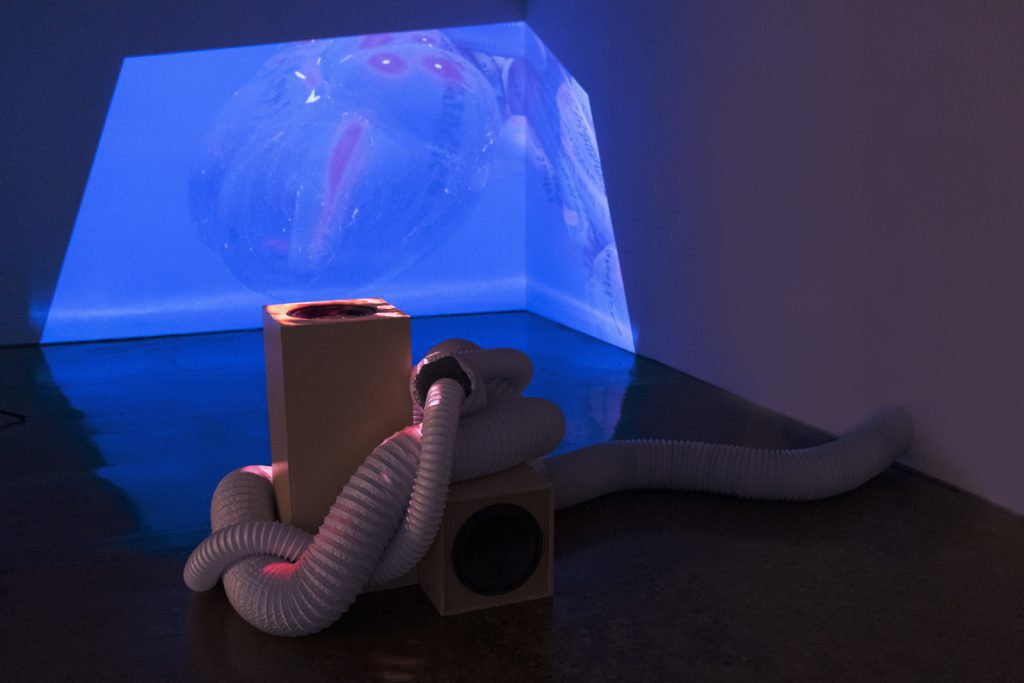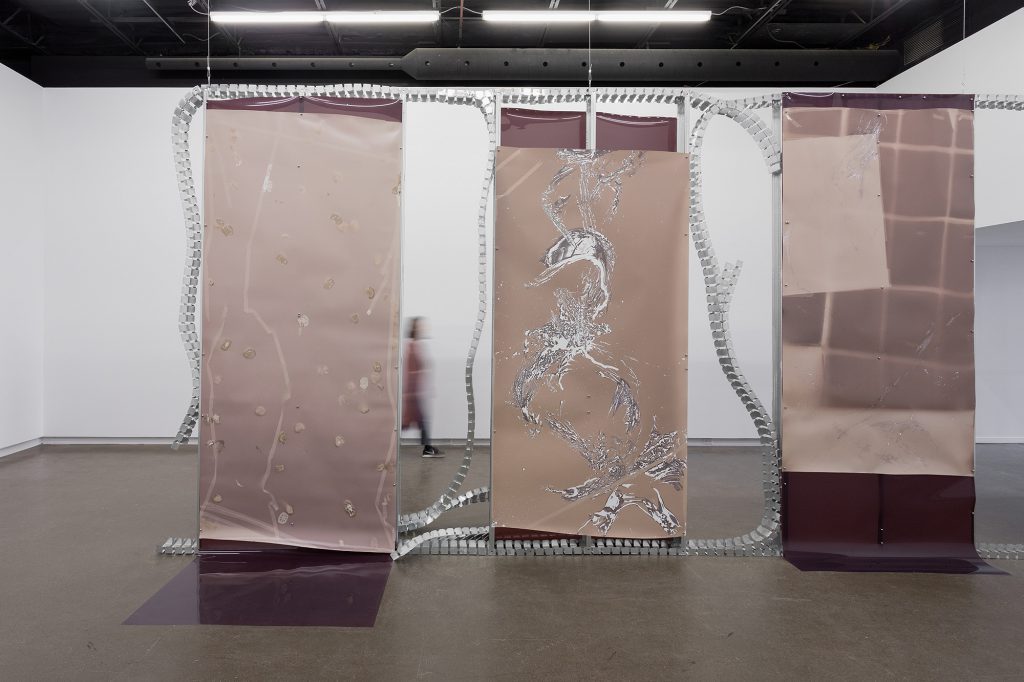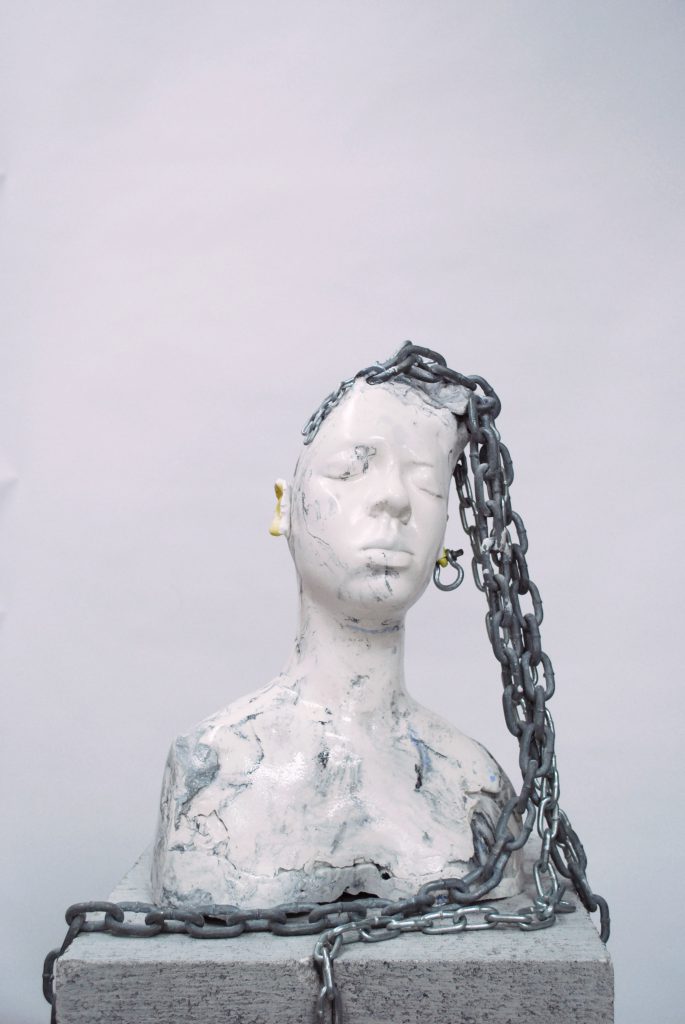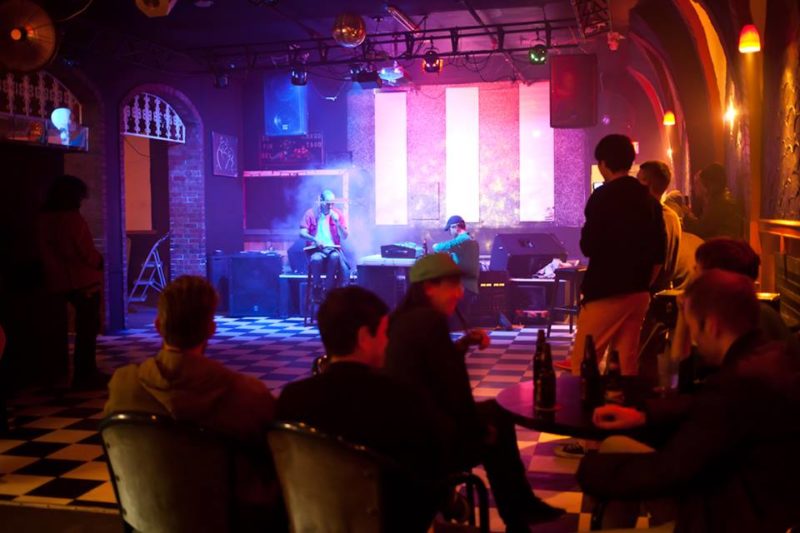By Alexandra Box
“Man’s greatness is always to recreate his life, to recreate what is given to him, to fashion that very thing which he undergoes. Through work he produces his own natural existence. Through science he recreates the universe by means of symbols. Through art he recreates the alliance between his body and his soul.”
– Simone Weil, The Mysticism of Work, Gravity and Grace (1947)
Late-capitalist mediascapes require the attention of the broader visual world that existed before workers encountered an economic and hygienic reordering due to mass death and unemployment, such as the affordance to some for working remotely. This social and biological decline is making it difficult—at most times, unsafe—to show up in traditional ways for provocation, or a mundane office job. Labour can only benefit from collective reflection, particularly on culture (abstraction, ornament, material, narrative) coming out of charged social and material conditions. Artist Michael Lachman grips onto the strength of fiction and satire as sculptural strategies in his solo exhibition, Let Me Introduce Myself, at CSA Space in Vancouver. Lachman transforms the gallery into a dreamlike office space riddled with stylized artifacts, producing a comedic story told by objects. Technical changes to the gallery space, such as dropping the ceiling height and lining the floor with blue modular carpet, reduced the standing posture for viewers and added to the satirical landscape of “the office.” The exhibition encapsulates the methodical rituals of the nine-to-five workday using comedy, as Lachman steers gallery visitors towards cultural mores, overdetermined ideas of professionalism, and the absurdities of manhood.
Continue Reading →
